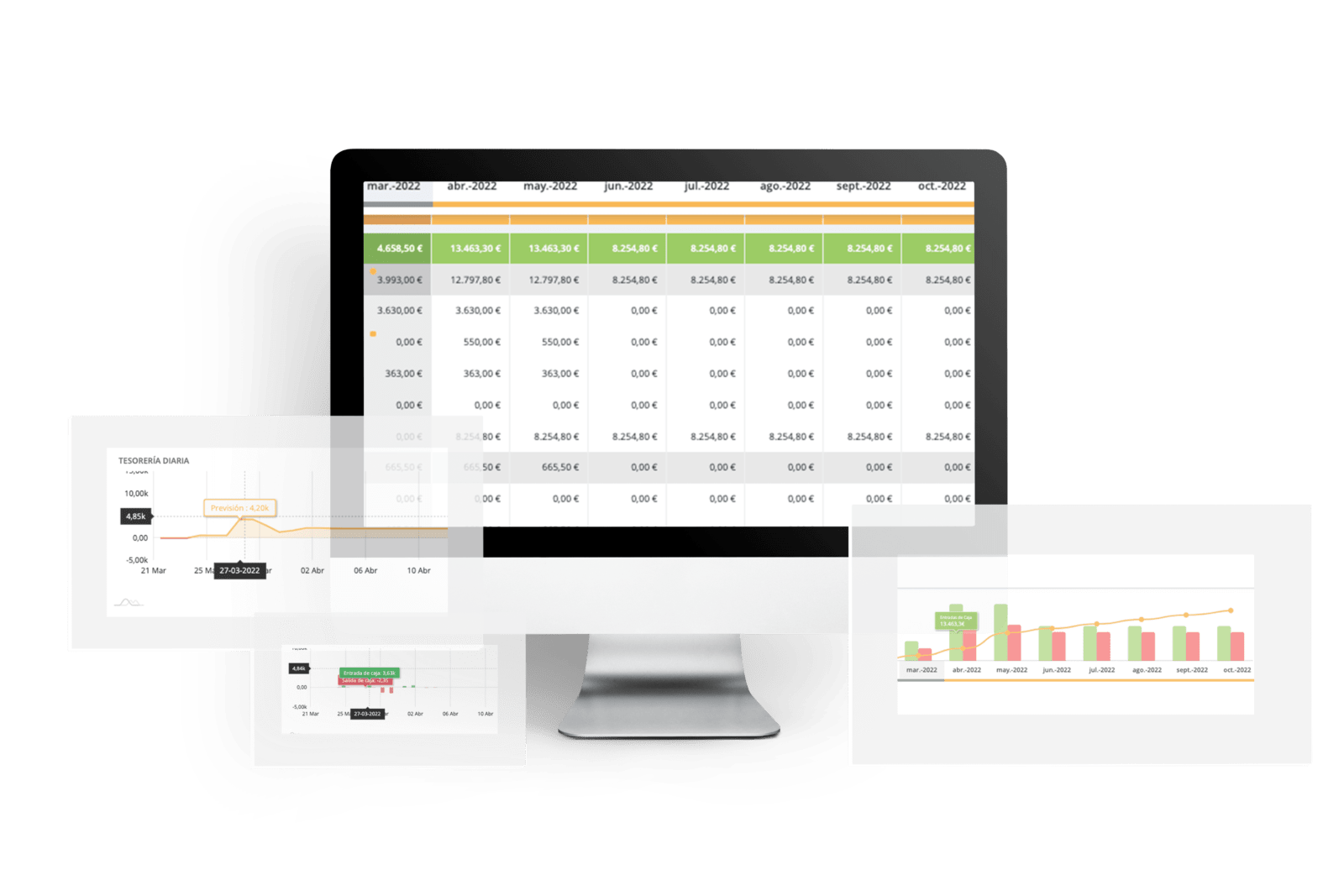Many entrepreneurs are surprised by the lack of cash when unforeseen events occur or, on other occasions, do not control the efficiency of their spending. And these are not isolated cases: nine out of ten startups die due to lack of funding. That is why treasury management in the company is key, since it will not only help you to know when you run out, but will also help you optimize your operations to self-financing.
How to manage cash flow? First, it is key to keep the accounts up to date. It is important to have the perfectly matched box y projected at least 18 months ahead based on different scenarios. It is normal for a startup to have high expenses and low revenues at the beginning, so they are likely to spend all their capital before they are established in the market.
How do we manage this? Controlling and monitoring cash flow.
KEY CONCEPTS: BURN RATE AND RUNWAY
You may have heard entrepreneurs or investors refer to the terms “runway” or “burn rate.
runway
or burn rate. Both are key indicators for the survival of the startup. It is important to keep them under control and updated in real time.
RUNWAY
The first indicator mentioned is the runway. This indicates how long a company has before running out of cash, and is measured in number of months. In other words How many months of cash on hand does the company have? (or if you prefer: How many months of life does the company have left?).
BURN RATE
Secondly, we have the burn rate. This indicates how fast the company is burning cash, i.e.: How much does it spend per month? This indicator is also vital to know if we are efficient in our operations.
Why is burn rate and runway so important?
To make decisions about operating expenses, it is important to know how we are doing at that moment. It is also key to know how our decisions will affect our cash flow, as well as how long my cash will last. In this way, you anticipate the lack of liquidity and know the future cash balance with reality.
TREASURY MANAGEMENT IN THE COMPANY
With Cash Flow control and good treasury management in the company, we will control the burn rate and the runway in real time . These will help us to make day-to-day decisions, among other things. For example, something like knowing whether to lower the price of our product/service: we need to identify those concepts that are decisive in our business model and we will work on them in as much detail as possible at the time of forecasting.
Having Cash Flow under control is key for forecasting different situations and analyzing what has happened.
In the part of the forecast of future events we have to reflect on all the expenses and income that we are going to have, and all the payments and collections that will be generated. In addition, it is important not to forget the “less economic” variables, such as the level of customers or users, the seasonality of the business model, the impact of competition, etc.
As regards the analysis of what has happened, we refer to the fact that, oncethe forecasts have been made, a series of deviations in income and expenses arise, which are compared with the initial forecasts. Therefore, it will serve to revise the hypotheses and make new ones. And, in this way, we will have the right information to make a decision quickly and minimizing the risk of error.
In short, it is possible to make a decision in the company with your back to the till, but it is not advisable to do so, as it can lead to a cash breakage causing a reduction in the runway and thus limiting growth.
Finally, we insist that with the cash reconciled in direct time, and the cash projected to 18 months, we can begin to have a good cash management in the company. This will allow us to make decisions to correct deviations and optimize our operations.
Orama allows you to create simulations of different scenarios against your current forecast. You will be able to create scenarios to simulate the impact on your cash flow of possible decisions such as investments, hiring, drop in turnover or late payments.
Book a demo with our specialists and start forecasting to avoid liquidity shortages in your company and make the best data-driven decisions.





